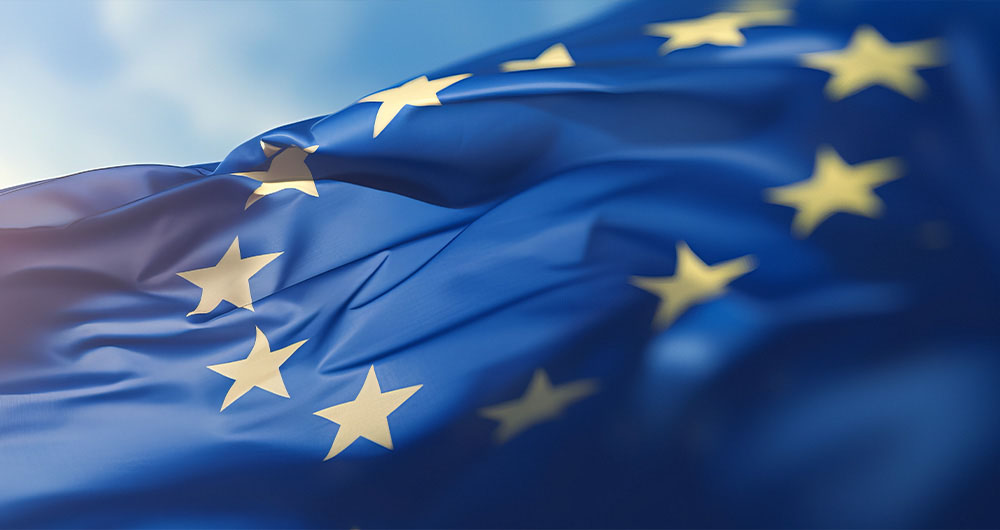851 news found
The Data Union Strategy: Europe's new impetus for the data economy and AI
On 19 November, the European Commission presented the Data Union Strategy, a roadmap that seeks to consolidate a robust, secure and competitive European data ecosystem. This strategy is built around three key pillars: expanding access to quality data for artificial intelligence and i…
The third volume of the Use Case Observatory confirms the impact of open data in Europe
The European open data portal has published the third volume of its Use Case Observatory, a report that compiles the evolution of data reuse projects across Europe. This initiative highlights the progress made in four areas: economic, governmental, social and environmental impact.
The clos…
How the European Union is boosting artificial intelligence: strategies and concrete actions
Did you know that less than two out of ten European companies use artificial intelligence (AI) in their operations? This data, corresponding to 2024, reveals the margin for improvement in the adoption of this technology. To reverse this situation and take advantage of the transformative potenti…
The V Open Government Plan incorporates concrete measures to promote open data
On October 6, the V Open Government Plan was approved, an initiative that gives continuity to the commitment of public administrations to transparency, citizen participation and accountability. This new plan, which will be in force until 2029, includes 218 measures grouped into 10 commitments t…
Spain reinforces its commitment to open data through the adoption of the International Open Data Charter
Spain has taken another step towards consolidating a public policy based on transparency and digital innovation. Through the General State Administration, the Government of Spain has signed its adhesion to the International Open Data Charter, within the framework of the IX Global Summit of…
Registration is now open for the Iberian Conference on Spatial Data Infrastructures
From today, September 15, registration is open for one of the most important events in the geospatial sector in the Iberian Peninsula. The XVI Iberian Conference on Spatial Data Infrastructures (JIIDE 2025) will be held in Oviedo from 12 to 14 November 2025. This annual meeting represents a uni…
datos.gob.es launches a new version of its platform
Spain's open data initiative, datos.gob.es, is revamped to offer a more accessible, intuitive and efficient experience. The change responds to the desire to improve access to data and facilitate its use by citizens, researchers, companies and administrations. With an updated design and new functiona…
Data Spaces already have their roadmap: the first UNE specification was born with the impetus of the Data Space Reference Centre
The UNE 0087 standard defines for the first time in Spain the key principles and requirements for creating and operating in data spaces
On 17 July, the UNE 0087 Specification "Definition and Characterisation of Data Spaces" was officially published, the first Spanish standard to establish a com…
Spain accelerates data sharing with an aid plan for companies and administrations
Spain is taking a key step towards the data economy with the launch of the Data Spaces Kit, an aid programme that will subsidise the integration of public and private entities in sectoral data spaces.
Data spaces are secure ecosystems in which organizations, both public and private, share informatio…
What's new in the data ecosystem: first half 2025
The open data sector is very active. To keep up to date with everything that happens, from datos.gob.es we publish a compilation of news such as the development of new technological applications, legislative advances or other related news.
Six months ago, we already made the last compilation of the…









